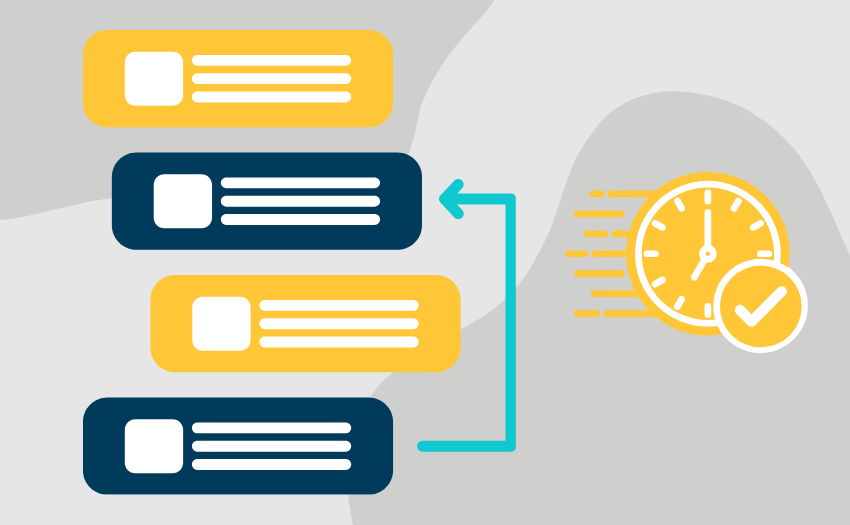Coincidentally, I realized that customer-centricity remains at the core of both agile and marketing teachings, making the combined knowledge a recipe for success. The obsession with customer needs is commonplace in an agile environment, even more so in an agile marketing team.
At ICAgile, we leverage customer insights to drive strategies and goals. This can involve monitoring online discussions, conducting customer interviews, and analyzing sales data. In doing so, our efforts continuously become more tailored, providing our target audience with the most convenient solutions and communications.
However, the impact of customer-centric marketing stretches beyond positive customer outcomes. Deepening relationships with our customers ushers in significant wins for our organization, including increased engagement, loyalty, and ROI.
Customer-centricity is a shared team mission that drives altruism in an industry that can often get a bad rap.
Leverage Scrum for Marketing
We heavily rely on scrum for marketing practices to ensure optimal project control and enhanced team productivity. Sprint planning, sprint review, and backlog management are vital functions of our scrum marketing system.
Scrum is an agile framework originally developed for product teams. However, it can be adapted to fit the functioning of any business department, including agile marketing teams.
What is a Sprint?
A sprint is a dedicated length of time for a team to complete its agreed-upon tasks. The duration varies depending on organizational needs and preferences, but the average sprint lasts one to four weeks. At ICAgile, we work in two-week sprints.
In non-agile marketing teams, work is often completed on a rolling basis according to regularly assigned duties. However, working in sprints enables teams to prioritize initiatives together, break them down into manageable tasks, and reconvene at dedicated checkpoints to assess progress and collect feedback.
The sprint process concretely represents the responsibilities of each team member within a given period while providing opportunities to realign along the way.
Sprint Planning
The ICAgile marketing team participates in sprint planning sessions, a dedicated space to strategize the goals of the next sprint and identify a reasonable workload for each team member. We align priorities, allocate tasks, and set realistic timelines for each targeted outcome.
Here are the steps we utilize to estimate our workload for a coming sprint:
- Review team backlog
- Team leader prioritizes tasks
- Collectively estimate effort for each task, in consideration of complexity, bandwidth, and dependencies
- The marketing team selects tasks and sets goals for the upcoming sprint
- Commit to workload
Backlog Management







